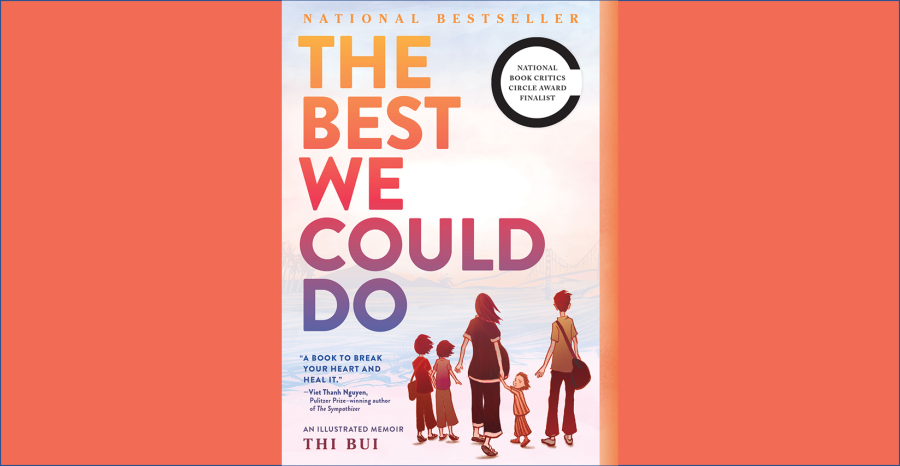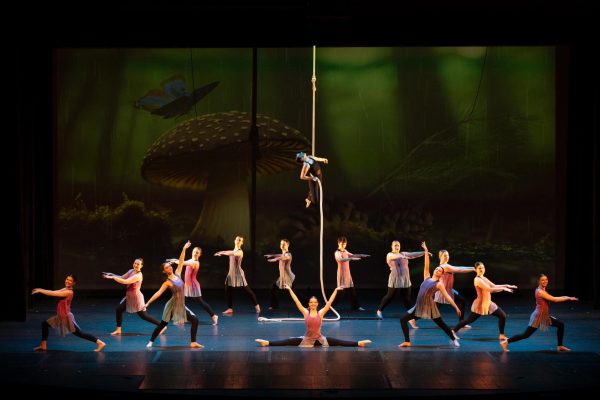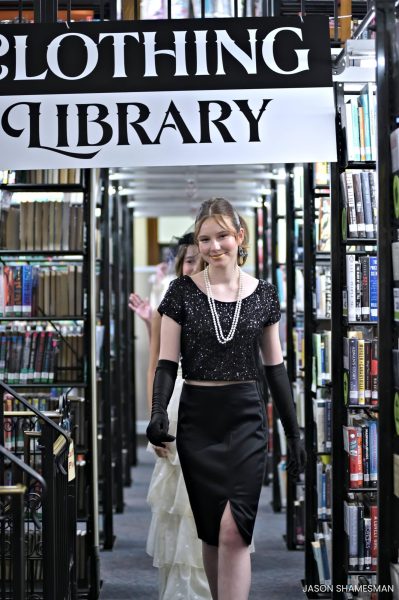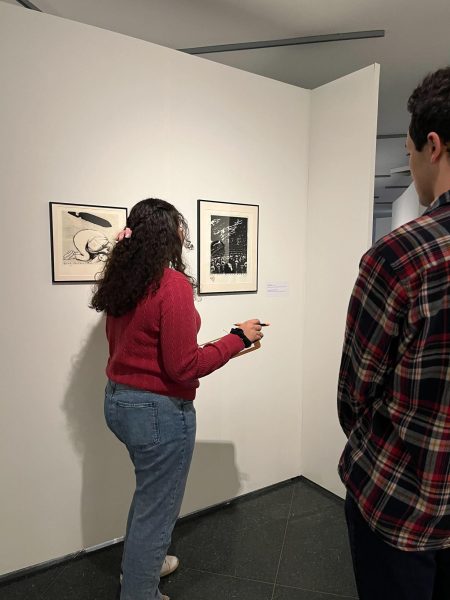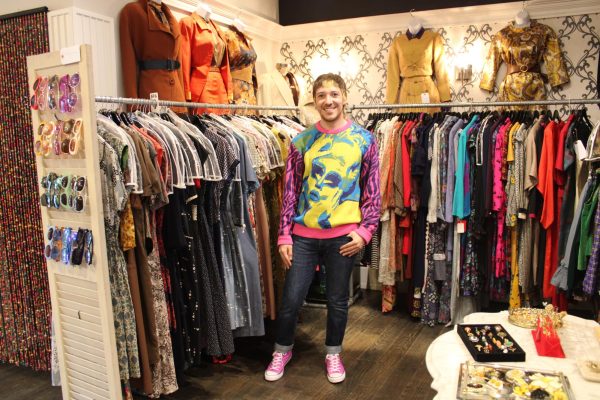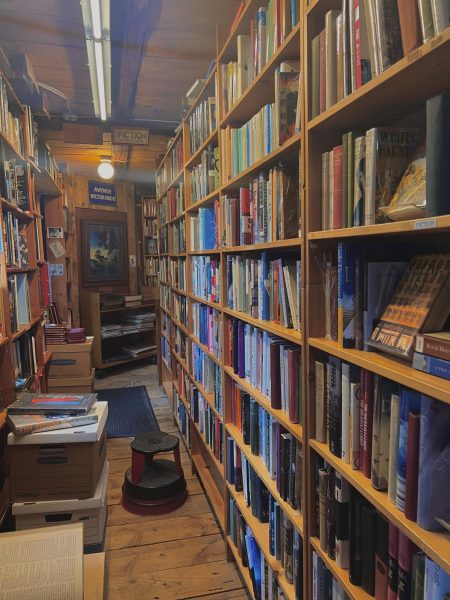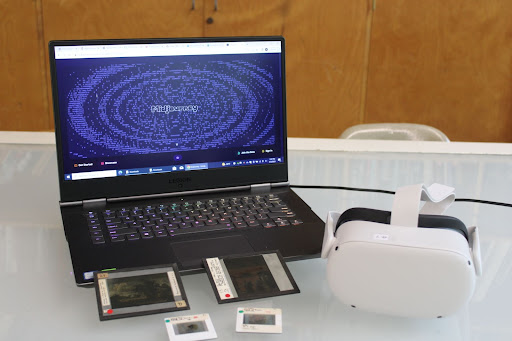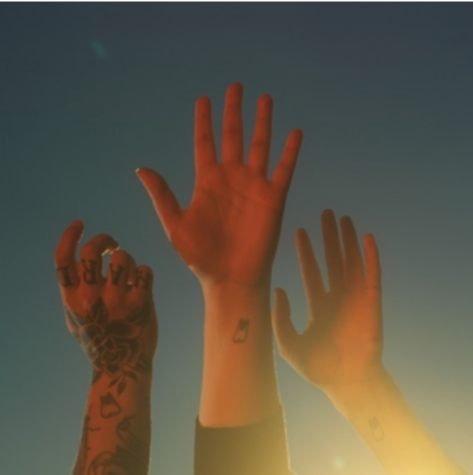The Best We Could Do and breaking the cycle of trauma
December 7, 2020
Cartoonist Thi Bui’s debut graphic novel, and winner of the American Book Award in 2018, The Best We Could Do (2017) provides an intimate look into her family’s journey escaping war-torn Vietnam to start their new lives in America. The graphic novel also explores Bui’s personal struggle to overcome trauma and emotionally connect with her parents.
In an interview with NPR, Bui explained she was inspired to write The Best We Could Do because of graphic memoirs such as Art Spiegelman’s Maus, about the Holocaust, and Marjane Satrapi’s Persepolis, about growing up during Iran’s Islamic Revolution.
“I really wanted to do what they did,” she says, “weave the personal and the political and the historical to tell a story of the Vietnam War and all the things that caused it, in a way that I felt like I hadn’t seen before.”
Many things come to mind when Americans think of the Vietnam War. Communist threats. PTSD riddled soldiers. Anti-war protests. However, Bui’s novel tells the well-known story from a perspective that is not often heard: the Vietnamese. The Vietnam War then becomes a tale of fear, uncertainty and neighbors turning against each other. Indeed, the war took a great toll on the Vietnamese with over 2 million civilian casualties in comparison with 58,220 U.S. service men. Bui also provides the larger context of the conflict and how years of French colonization was a catalyst for Vietnam’s later civil war.
However, The Best We Could Do really shines because of its personal narratives. It’s not often I binge read for pleasure anymore. Usually, it’s because I waited until the last minute to start my required reading. Bui managed to create a truly engaging and easily digestible story that I couldn’t put down.
Indeed, Bui’s interweaving of her struggles to connect with the phantom of her birth country and her parent’s years in Vietnam is masterful. Bui’s story of cultural disconnect is also one familiar to many first-generation immigrants as she is torn between her American upbringing and her parent’s cultural expectations.
As Bui explains in the novel, “I began to record our family history, thinking that if bridged the gap between the past and the present I could fill the void between me and my parents. And that if I could see Vietnam as a real place, and not a symbol of something lost… I could see my parents as real people and learn to love them better.”
Another major theme Bui discusses is the breaking of generational trauma. Generational trauma is the passing down of trauma-based behaviors from one generation to the next. Events such as “being systematically exploited, enduring repeated and continual abuse, racism, and poverty are all traumatic enough to cause genetic changes,” according to Health.
Indeed, the shadow of trauma hangs over Bui’s parents and her own childhood. The graphic novel’s simple black, white and red color palette, and panel composition captures this silent suffering in a way that a text-only narrative would likely fail to do.
Bui also explores her own generational trauma through the frame of the birth of her first son at the beginning of the novel. Her ability to connect the experience to her mother’s own six difficult births creates a personal timeline for the overarching events of the Vietnam War.
Bui credits becoming a parent with how she approached writing The Best We Could Do. “I think that maybe if I had done it as not a parent, I might have been happy to just dwell in my trauma,” explained Bui. “But with a baby in hand, I was really concerned with not passing on that trauma myself, and so I needed to filter stuff out, so I could pass on something cleaner.”
I believe these themes of family, culture and generational trauma are all the more relevant as the holiday season approaches and many are forced to spend time at home. Nevertheless, I believe The Best We Could Do is one of my favorite graphic novels I have read and perfect for any time of year. The story is engaging, heartbreaking, and it leaves readers with a feeling of emotional catharsis.
Photo Courtesy of Cartoon Art Museum




















